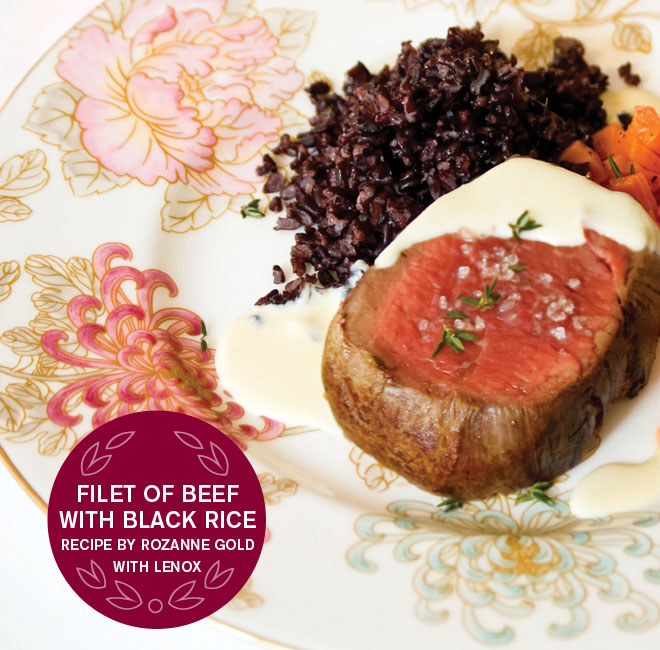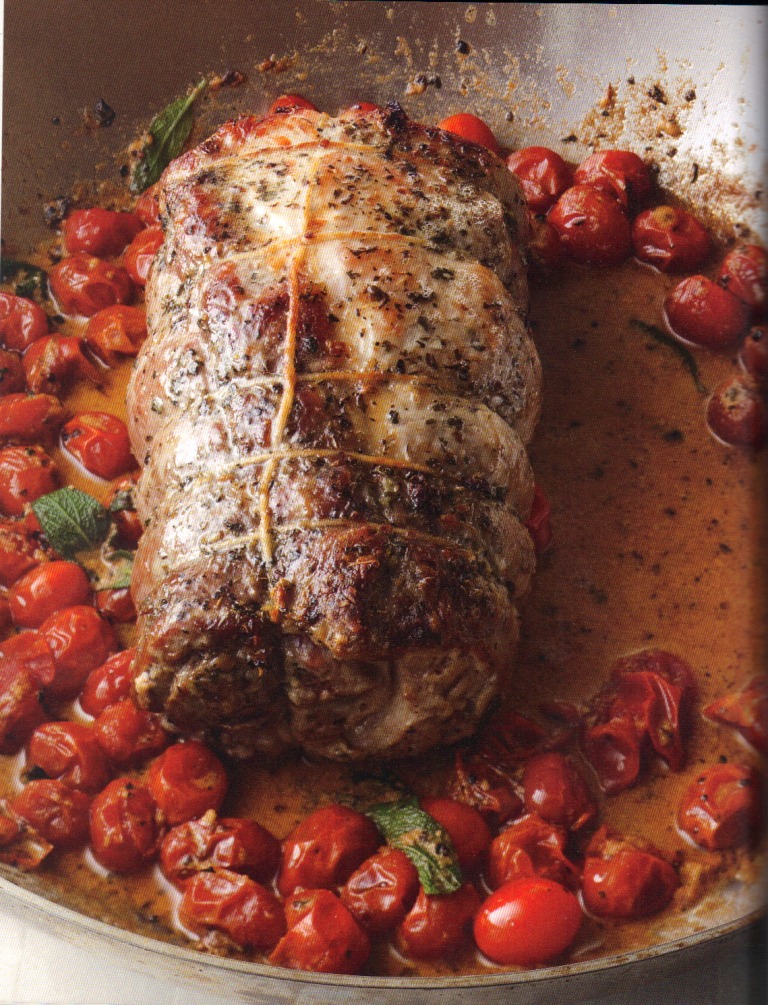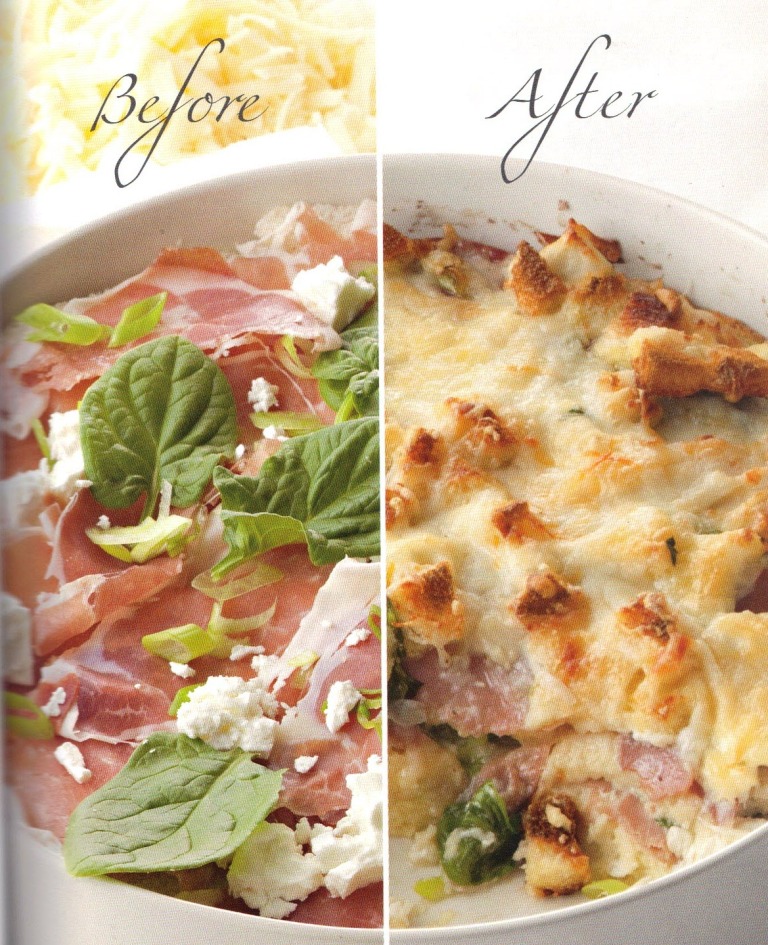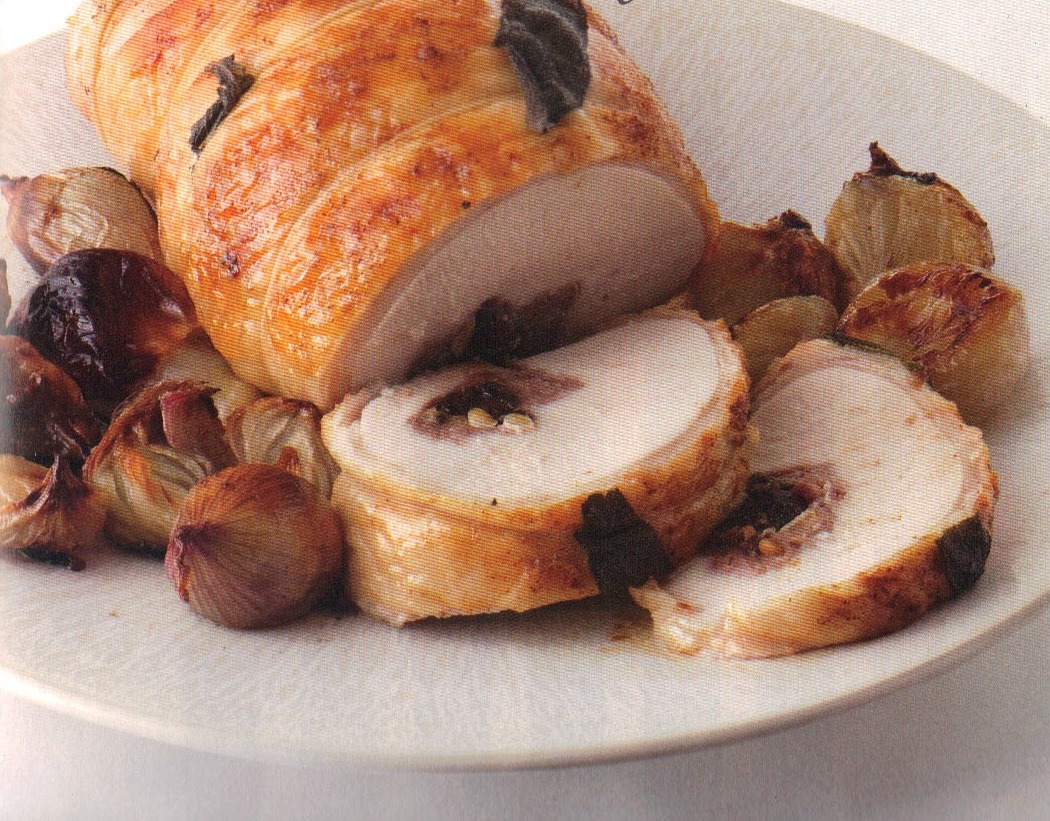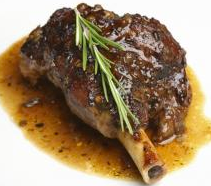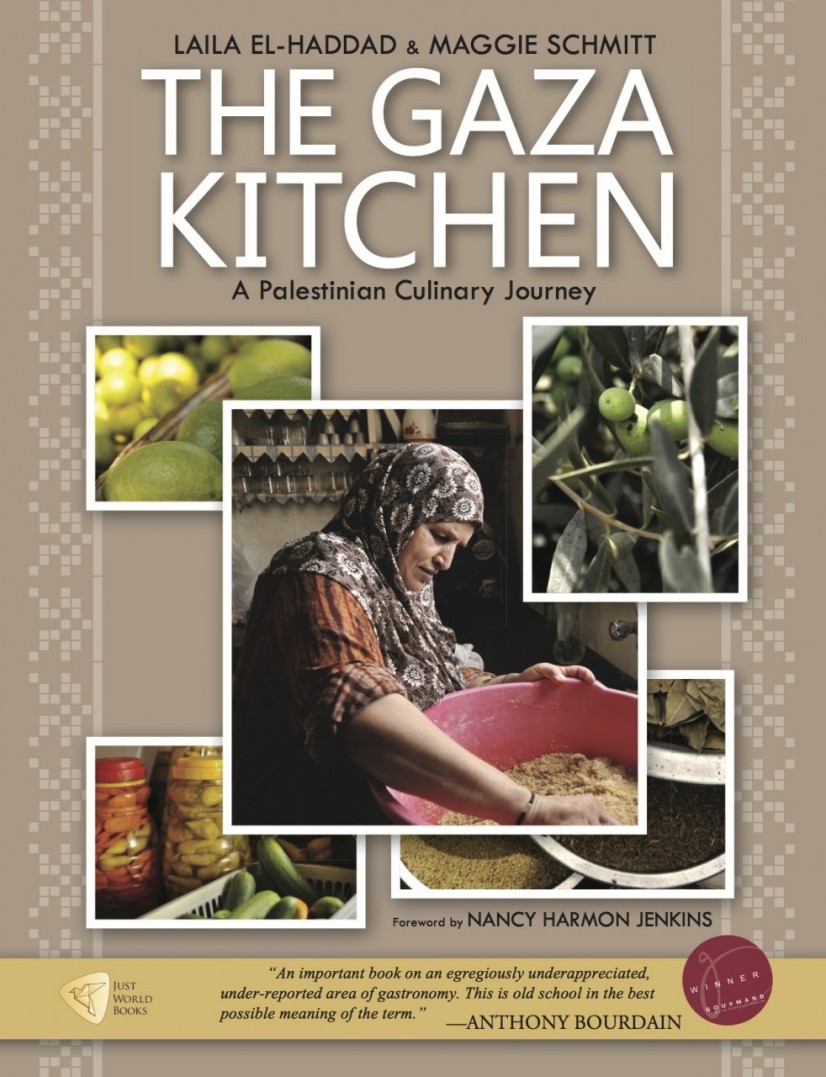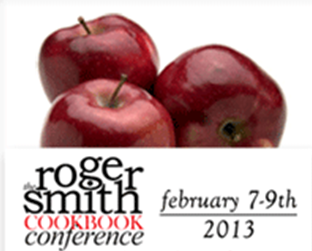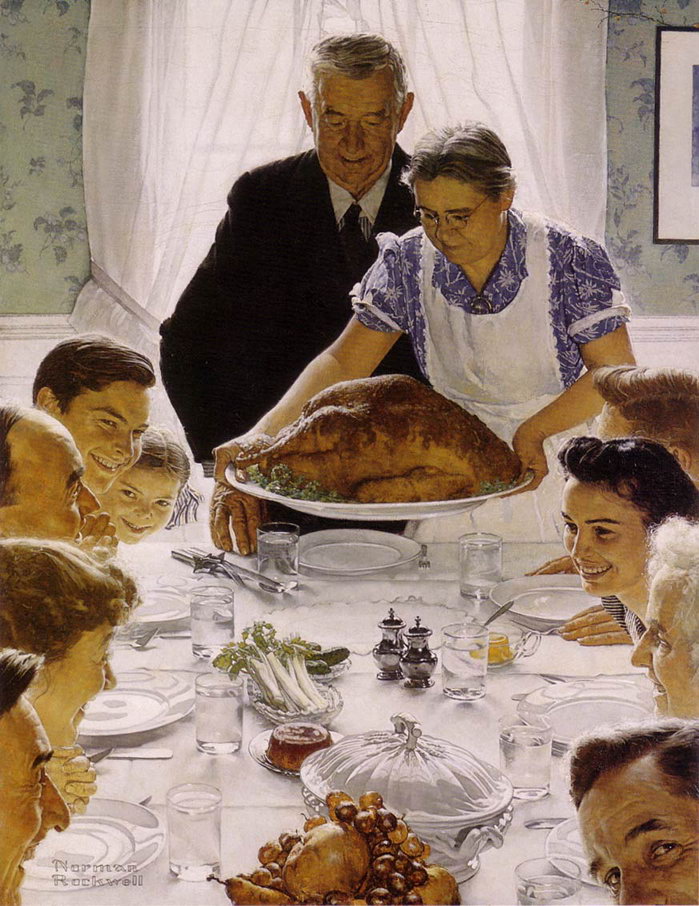Just this week I received this note from a stranger. “I grew up eating South African pumpkin fritters as a special treat — my mother made them from my late grandmother’s recipe and they have stuck in my memory. Recently leafing through an old binder of recipes, I discovered my grandmother’s recipe. But it was not the taste memory that tugged at my heart, but her handwriting that stirred something deep within.”
I knew exactly what he meant. One year ago, I found a recipe I wrote in my best penmanship for my mother as a small gift for Mother’s Day. I had not seen it since she died and the flashback of writing it connected me to her in a combustible way – at the intersection of love and loss. At that moment, I proposed an idea to Brett Rawson, a poet and co-editor of the literary arts magazine “The Seventh Wave,” who had just started a terrific website celebrating the handwritten word.
The idea crystallized into a column called “Handwritten Recipes,” which re-ignites the connection between generations of families through the exploration of food and memory – most profoundly through the power of the pen. While the relation of food to language is universal, the curve and slope of a loved one’s scrawl can recapture long-lost memories, scents, tastes and emotions at a moment’s notice.
I’ve been collecting (with some exuberance) handwritten recipes from both friends and strangers around the world, and publishing them on handwrittenwork.com. These stories reveal new connections between pen and people. Some recipes have been handed down for generations, and their appearance shows it: tell-tale stains, scribbled additions, scratched-out revisions, and the fascinating variation of penmanship styles. Other recipes are recently uncovered after years in dust-covered boxes in dark and distant closets. Magically, they each bring to light the silent power of the handwritten word. More nourishing than simply something to eat, these stories shorten the distance between our sense of taste and our history.
A particularly engaging story comes from Lari Robling, an independent radio producer and writer, currently producing “Voices in the Family” with Dr. Dan Gottlieb for WHYY in Philadelphia. A special cup of tea, carefully placed next to a handwritten recipe card, sets the scene to unlock the secrets to Bettymarie’s Peach Meringue. The yellowing card’s splotches hint at past mishaps, while a faded cursive “what’s cookin’,” specifies Mom as the author, calling her by name. Yet the story is not all peaches and cream. The cracked exterior of the cake becomes a metaphor for a complicated mother-daughter relationship whose sweetness and love stand the test of time.
Another story focuses on the rekindling of father-daughter memories through the unexpected discovery of a handwritten recipe for “vodka sauce.” It is testament to the emotional power that “chicken scratches” can hold. Told by Allison Radecki, a culinary tour guide, her poignant tale is as much character study as it is a love story. Allison’s neighborhood-based walks in Brownstone Brooklyn trace the history of immigration and culinary change, and her father’s hastily scribbled note on a random piece of paper acts as a time machine to past meals. Over the years, other family members have added comments and drawings to the recipe’s edges, preserving a multi-generational bond of memories.
As these essays and connections accumulate on my desk and brighten my inbox, they form an exchange of collective memory and the transmission of taste beyond flavor — my very goal in creating this column.
Writer April Lee’s vivid memory of her grandmother’s sweet potatoes encouraged her to jot the recipe down in her own handwriting, the pen as medium for evocative recollection. “I wrote the recipe exactly as she told me. It’s captured in ink on paper, a record of holidays, of seeing my grandparents’ car pull into the driveway, of a full table with family and sweet potatoes with cherries, a record of her voice, her peculiar nature. I make it from memory and for now, this recipe is preserved, put aside, ready to be offered when we are sad along with two extra pineapple slices and a cup of the juice.”
And then there’s poet Tina Barry’s pot roast. “It is a part of our history: My mother’s, my daughter’s and mine. And it will be a part of my granddaughter Vera’s, too. When Anya cooks for Vera, my mother will be with them in all the flavors on the plate. There will be a little of me, too, in the slant of my “t,” the dot that never quite caps the “i.” That’s what a recipe does, especially one that’s handwritten: it brings loved ones closer with the proof of their hand on paper, the memory of clangs and chatter, the perfume of onions cooking slowly on the stove.”
As we become so digitally dis-connected, I’ve taken on the enriching task of assembling and publishing these linkages between gastronomy and memory from a time when people actually did things by hand; when cooking symbolized something that felt like love.
The “handwritten recipes” project is a living cookbook. Yet in some ways it has already been written and waiting to be retrieved from a dusty shoebox or kitchen drawer.






